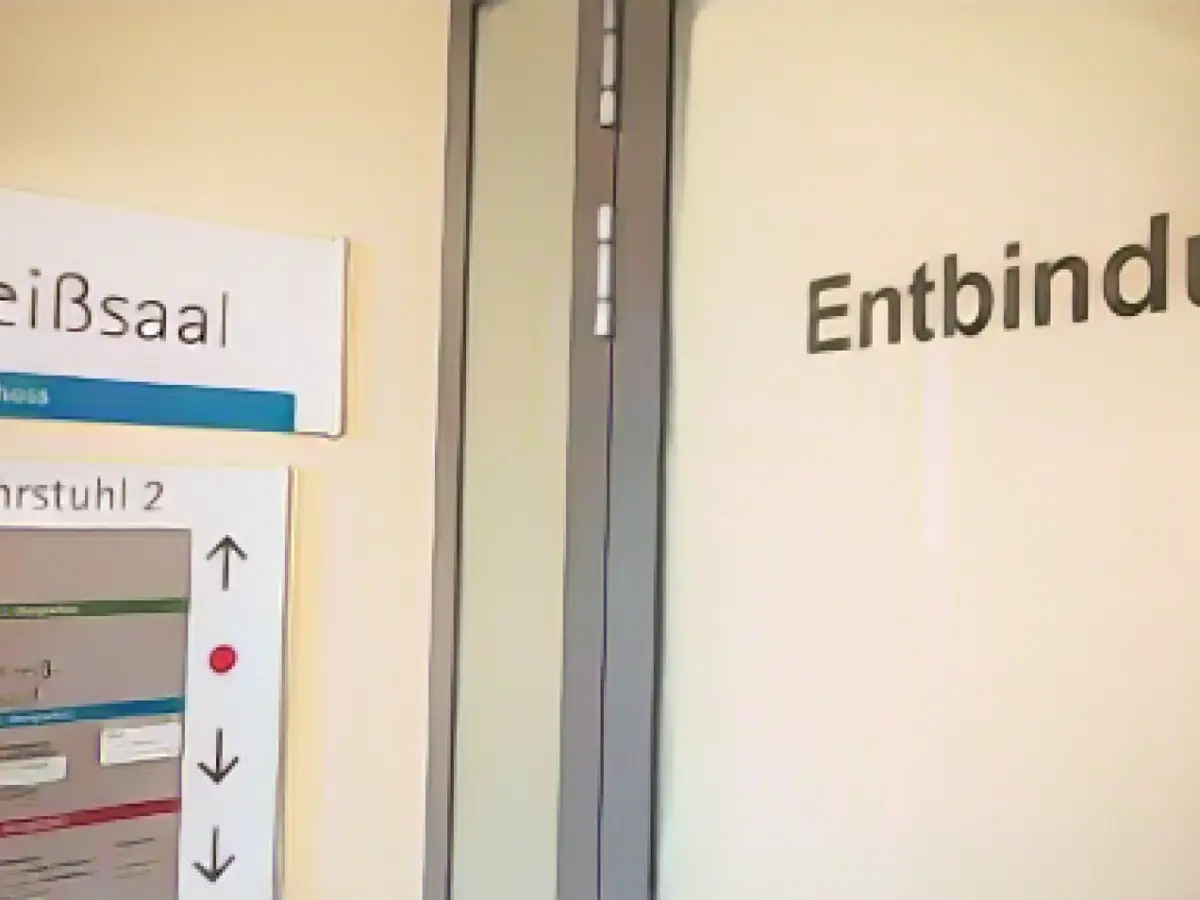In the bustling region of Lower Saxony, an interesting trend has been emerging – nearly every third child is born via a cesarean section. Last year, the figure rose to almost 31%, according to the Techniker Krankenkasse (TK) health insurance company in Hanover. Compared to other federal states, Lower Saxony ranks in the upper midfield, with Saxony having a significantly lower rate of only around 19%.
Sabrina Jacob, acting head of TK's Lower Saxony regional office, acknowledges the risks associated with cesarean sections. She emphasizes that a natural birth is typically the better option for both the mother and child, unless medical reasons dictate otherwise.
The TK's Child Health Report sheds light on some potential consequences of a cesarean section. Children born via this method are found to have a nearly 10% higher risk of developing chronic bronchitis in the first eight years of their lives. Moreover, their chance of developing attention deficit hyperactivity disorder (ADHD) is increased by 16%.
To support pregnant women aiming for a natural birth, TK provides various resources, including online mindfulness training and coaching appointments. These initiatives aim to prepare mothers-to-be for the enriching journey of childbirth.
Diving Deeper: The World of Cesarean Sections
While the provided sources primarily focus on the rising trend of cesarean sections in Lower Saxony, there are several factors that could contribute to this trend.
- Medical Indications: Certain medical conditions, such as placenta previa, placental abruption, or fetal distress, may necessitate a cesarean section. The prevalence of these conditions could vary between different regions, contributing to differing cesarean section rates.
- Maternal Request: As an increasing number of women opt for elective cesarean sections due to various reasons, including fear of vaginal delivery or personal preference, this trend might be playing a role in the increasing cesarean section rates.
- Socioeconomic Factors: Better access to healthcare and higher socioeconomic status might lead to a higher rate of cesarean sections. It is essential to consider if these factors could be contributing to the trend observed in Lower Saxony.
- Obstetrician Preference: The preference of the obstetrician, which might be influenced by factors like experience, training, and hospital policies, can also impact the decision to perform a cesarean section. This could be another factor to take into account.
Embracing a Natural Birth: Choices for Expectant Mothers
While the health risks associated with cesarean sections cannot be entirely ignored, there are ways to minimize these risks by focusing on preparing for a natural birth. Embracing mindfulness, practicing good prenatal care, and considering all options with the support of medical professionals can lead to a safer and more successful delivery, ultimately benefiting both mother and child.
In conclusion, it is essential to recognize the growing trend of cesarean sections in Lower Saxony and engage in an informed conversation regarding the factors contributing to this trend and the associated health risks for children. Supporting pregnant women in preparing for a natural birth can play a crucial role in promoting better health outcomes for both mothers and newborns.




